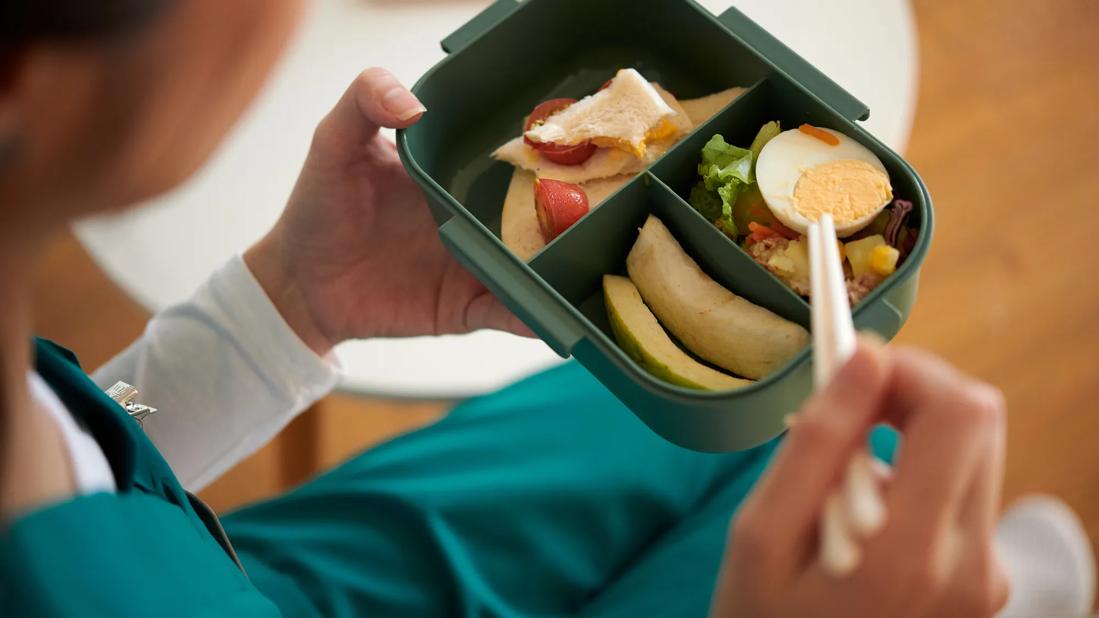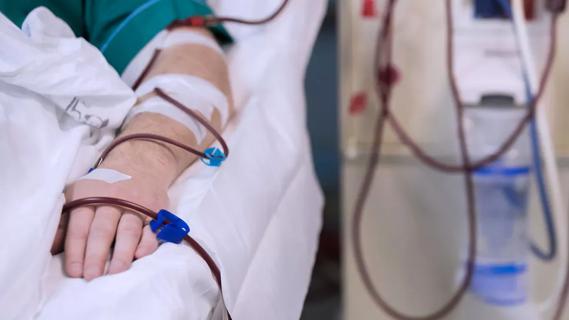New procedures help nurses take deserved breaks

As chair of the Retention Council at Cleveland Clinic Hillcrest Hospital, Marie Novak, BSN, RN, CMSRN, recognized a problem in the spring of 2016. Nurses on several units were not taking – or were unable to take – their meal breaks during shifts. “The biggest problem it was causing was nurse fatigue,” says Novak, a clinical nurse in the Neurological Institute at Hillcrest Hospital.
Advertisement
Cleveland Clinic is a non-profit academic medical center. Advertising on our site helps support our mission. We do not endorse non-Cleveland Clinic products or services. Policy
Novak shared her concerns at a Retention Council meeting in June 2016. With buy-in from Chief Nursing Officer Susan L. Collier, DNP, RN, NEA-BC, the committee initiated an A3 project with Cleveland Clinic’s Continuous Improvement Department to explore the root causes for missed meal breaks and brainstorm possible solutions.
During the A3 project, the council unearthed a few primary reasons why nurses were skipping meal breaks, including the following:
Based on the findings, the council implemented a few solutions. The main one was creating a procedure for assistant nurse managers (ANMs) and charge nurses to assign and track meal breaks. The procedure was trialed on a medical/surgical unit prior to roll-out to the entire hospital.
Nursing units already utilize an assignment tool that lists all the beds on the unit, the acuity level of patients and nurse assignments by patient. Novak added a new column to the tool for meal breaks. ANMs and charge nurses write down the assigned meal break time for each nurse, then check off when the nurse returns from break. Novak presented the tool during nurse manager huddles, reinforcing the importance of breaks to combat nurse fatigue and improve staff morale.
Advertisement
“The tool made people more aware of taking a meal break,” she says. “It showed, ‘If Michelle is going out at 11:30 a.m., then I can go at noon.’ It also encouraged people to help each other out.”
Helping one another out is a second component to the solution. Each nurse is assigned a buddy on the unit. They tell one another when they are going on a meal break and cover each other’s patients. If a nurse is unavailable to answer a call, it is sent to the assigned buddy.
A third solution is related Cleveland Clinic’s time reporting system. The Human Resources Department updated the system to include an attestation at end-of-shift clock out that the employee had an uninterrupted meal break.
After trialing the new procedures on the medical-surgical unit, Novak sent a brief survey to nurses on the unit asking if the solutions – in particular the new assignment system – made them more likely to take a meal break. Eighty-one percent of nurses on the units confirmed it did.
When all the units adopted the new procedures, Hillcrest Hospital launched a campaign promoting the importance of meal breaks, sharing the message during staff meetings and with flyers and emails. Novak confirms that the A3 project around meal breaks has made a difference: More nurses are taking meal breaks, and nurse fatigue has decreased.
Advertisement
Advertisement

Building a culture that supports, engages and empowers nursing staff

Caregivers rely on cross-hospital collaboration to guide critical response

Nurses play a pivotal role in Cleveland Clinic Connected, a global affiliation program aimed at sharing expertise

Nurse connects patients with Cleveland Clinic experts across the globe

Clinicians prepare to deliver lifesaving care in the face of public health threats

Phone triage system reduces call backs and delays in care

New protocol reduces costs, increases patient and caregiver satisfaction

New options benefit caregivers, nursing units and patients